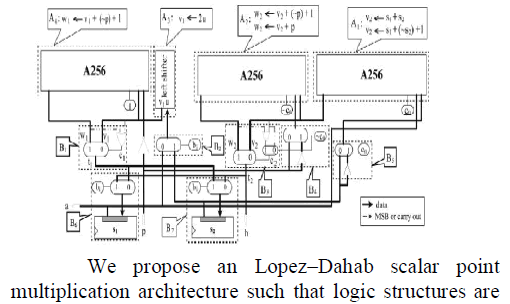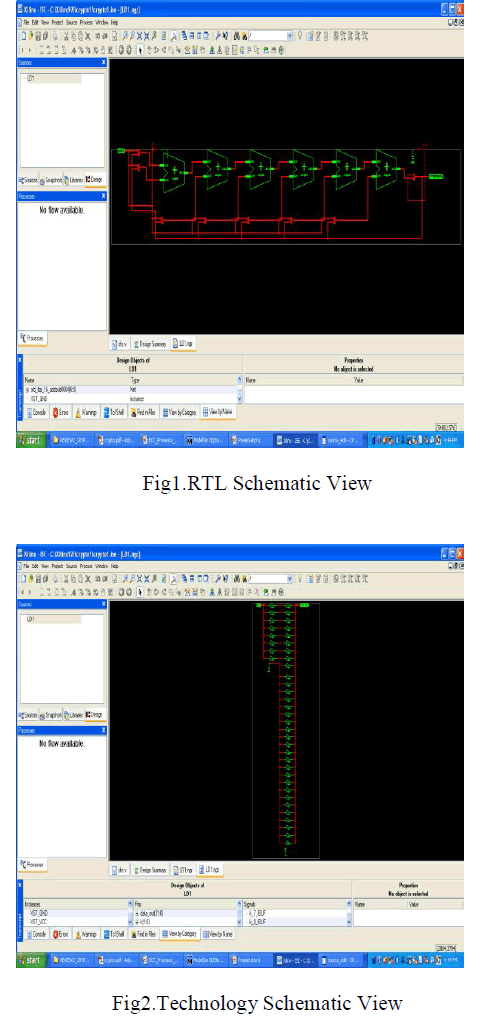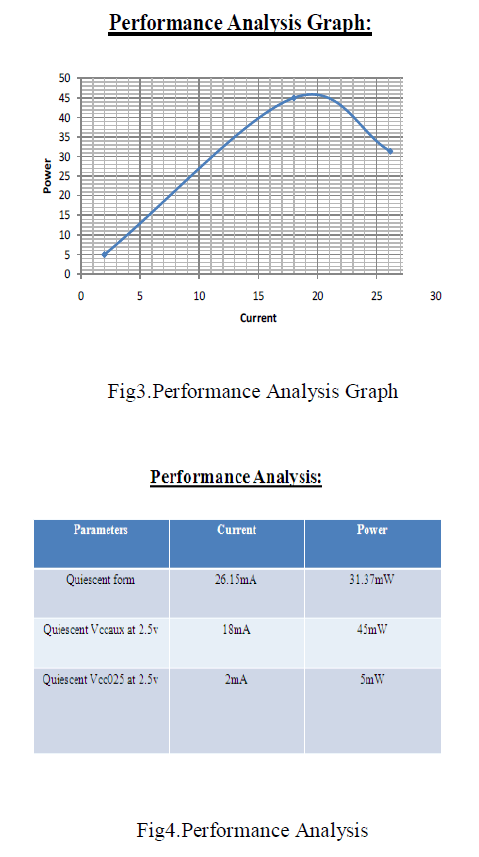ISSN ONLINE(2319-8753)PRINT(2347-6710)
ISSN ONLINE(2319-8753)PRINT(2347-6710)
Miss.Riya Mendhe1, Miss.Purnima Soni2, Mr.R.C.Dharmik3
|
| Related article at Pubmed, Scholar Google |
Visit for more related articles at International Journal of Innovative Research in Science, Engineering and Technology
Personal navigation and location based services are enlarging the scope of mobile applications.In outdoor positioning has been well received by the public; its indoor counterpart has been mostly limited to private use due to its higher costs and complexity for setting up the proper environment. The objective of this project is to provide an autonomous construction and management of a personalized location provider in indoor and outdoor localization using global positioning system (GPS) or Wi-Fi technology. This system which removes digital compass in order to do tracking. This system requires priori signal training since each user incrementally constructs his/her own radio map into their daily lives. User privacy included to designing a centralized system. These system use location manager and sensor manager information for user context and give personalized services with online portal manager.
Keywords |
| Location Data, Location Based Services, GPS, Google Maps, Sensors. |
INTRODUCTION |
| The past few years have seen wide spread adoption of outdoor positioning services, mainly GPS and Wi-Fi, being incorporated into everyday devices such as smart phones and tablets. An autonomous construction and management of a personalized location provider in indoor and outdoor localization using global positioning system (GPS) or Wi-Fi fingerprinting technology [1]. Location awareness and navigation are becoming one of the most important features in mobile phones and smart phones. Personal navigation and location based services are enlarging the scope of mobile applications. GPS (Global Positioning System) is the most efficient positioning technology. To reduce in the size of the GPS receivers and integration of GPS with mobile phones, GPS is one of the most important service providers for LBS[2][3] to track the physical location of a user by employing inertial sensors in the Smartphone and to aggregate identical POIs by matching logical location. System makes use of electronic compass and accelerometer, specifically for indoor user tracking. In these mainly focus on providing point of interest (POI) locations with room-level accuracy in everyday life [1][5]. |
| The key concept is to exploit an accelerometer and electronic compass to track user location, and to aggregate identical POIs by matching logical location that is generated from the properties of pervasive Wi-Fi APs [6]. The system recognizes user context to estimate accuracy of location, and the aggregation process utilizes measured accuracy to refine location information. The system incrementally constructs user’s POIs with a personalized radio map. |
| Life-logging has been proposed to visualize life patterns or to provide an automatically generated life diary where each user incrementally constructs his/her own radio map into their daily lives [7]. |
| Location based Services offer many advantages to the mobile users to retrieve the information about their current location by using Location manager algorithm and process that data to get more useful information near to their location. Here provides value-added services: advising clients of current traffic conditions, providing routing information, helping them find nearby hotels and manage online portal for such personalized services. Location based services through Google API[8] and Life Logging profile ,services are provided were online data are upload into server using on Android Phones . |
| The main objective of the system that Mobile Client responsible to create his/her radio map depend on daily user activity ,server will automatically updates his profile and using Location based Services(LBS) such as public safety ,consumer services,etc provided to mobile client as per updated profile, server will generate value added services on there current location. |
| The rest of the paper is organized as follows. Section 2 discusses related work and Section 3 describes our proposed plan of work. The details of research methodology to be employed in section 4. sections 5 describes expected outcome and future work and Section 6 concludes. |
2. RELATED WORK |
| The proliferation of mobile devices and the emergence of wireless location-based services has generated consumer demand for availability of GPS in urban and indoor environments . Unlike the military and vehicle navigation applications of the past, to support location-based services, GPS must perform robustly in urban settings – indoors and outdoors. Receivers must be small and inexpensive and must compute location in seconds. Conventional GPS receivers fall short because they are not equipped to deal with the degree of attenuation and multipath present in urban environments and take too much time to generate a location fix. Location based services are increasingly important for modern mobile devices such as the Smartphone. Navigation, social network services, and sharing photos are common applications that utilize user location [1][5]. A peak-detection algorithm is then applied to mark the candidate points of time that have the possibility of user stepping. Services make use of a temporary user location that is obtained at a certain period of time by manual request. However, emerging mobile services require an advanced localization scheme that would provide everyday location monitoring instead of temporarily locating the user. Many advanced services are available with information on everyday location monitoring. For example, health monitoring system utilizes a user’s location to estimate the physical state of elderly person or patients [3]. The system reports daily momentum to improve their health an autonomous construction of personalized POI map, named Life Map, which provides location information for advanced mobile services[1][5].Based on preliminary work , here expanded Life Map and extensively validated the system with real deployments. To discover POIs and to provide locations of POIs in everyday life without a centralized server [5]. PEIR include map-matching and GSM-augmented activity classification techniques, and a selective hiding mechanism that generates believable proxy traces for times a user does not want their real location revealed. |
| The key concept is to exploit an accelerometer and electronic compass to track user location, and to aggregate identical POIs by matching logical location that is generated from the properties of pervasive Wi-Fi APs.Recent years have witnessed the impacts of distributed content sharing (Wikipedia, Blogger), social networks (Face book, MySpace), sensor networks, and pervasive computing [3][8]. |
| The system recognizes user context to estimate accuracy of location, and the aggregation process utilizes measured accuracy to refine location information. The system incrementally constructs user’s POIs with a personalized radio map. It improves upon prior work in two ways: (1) it is more robust since it uses separate mechanisms for entrance and departure, and (2) is more responsive since it uses history information to rapidly detect subsequent visits [7]. Place learning algorithms can be divided into two classes based on the characteristics of the source location data: geometry and fingerprint [6][7]. In believe that significant more impact is latent in the convergence of these ideas on the mobile phone platform. Phones can be envisioned as people-centric sensors capable of aggregating participatory as well as sensory inputs from local surroundings [14]. |
3.PROPOSED PLAN OF WORK |
| Tracking daily user activities and give personalized location based services to user by using online portal. Life-dairy may contain 4 types of information which play an important role during tracking are:- |
| Location |
| II. Activity |
| III. Camera Picture Log |
| IV. Accelerometer |
| User create their own radio map which is stored into profile using GPS or Wi-Fi positioning System, where mainly used Wi-Fi because GPS is restricted for indoor environment. Online data are uploaded into database in which meaning full data mining take place by using Bisecting K-means algorithm. |
| Location Manager Information is provided with respect to Life-dairy with ontology technology to provide more accuracy to find the correct location to user. A very appealing application includes surveillance where instant information needed to decide if the people being monitored are any real threat or an erroneous target. It provides information regarding a place he or she wants to visit. It must ensure that person visiting information need only to carry location and give personalized services. When accelerometer used to find the accident alert if person lost their mobile phone and mobile phone are thrown due to accident here sensor manager information algorithm manage the information to the database where online message are registered and found the accurate location to the user by using Location Manager algorithm. |
 |
 |
| The Accident sensing block diagram (3) shows that, alert message will be generated in case if Mobile is thrown away or met an accident by using Sensor Manager Algorithm. |
| But here proposed Location Manager Algorithm which continuously monitors the user and services to be provided (Personalized services) using Google API with respect to database. |
| Location based services is a key functionality that gets used in smart phone application. It is often combined with maps to give a good experience to the user about their location. |
 |
| From the above Software architecture has been proposed in which each user life-dairy are created where all information about their user are stored into the database server where personalized services given to the user through the online portals. It must be necessary that Mobile phone may contain GPS or Wi-Fi and Camera like all Android phones exists. |
4.RESEARCH METHODOLOGY TO BE EMPLOYED |
| Location Manager Information with the help of Global Positioning System (GPS) uses a constellation of 24 satellites orbiting the earth. GPS finds the user position by calculating differences in the times the signals, from different satellites, take to reach the receiver. GPS signals are decoded, so the smart phone must have in-built GPS receiver. |
| ïÃâ÷ To process location data in a server and to forward the generated response to the clients |
| ïÃâ÷ To find location data for a mobile device-based application that can use it directly |
| ïÃâ÷ Location Provider provides periodic reports on the geographical location of the device. |
| Android also provide an API to access the google maps. So with the help of the google maps and the location APIs the application can show required places to the user on the map.Sensor Manager Algorithm use to generate alert message in case if mobile is thrown away or met an accident.Google API provided services to the user using proposed Location Manager algorithm where as online data acquiring depend upon life logging ,Now here we use Bisecting K-means Algorithm for Data Mining. |
5. EXPECTED OUTCOME |
| Once project is in action, it would be able to track the user's activities in real time, provide information to friends in case of an accident event and also provide search service to the user based on his history (user profile). With the help of this project it would be able to provide the user a personalized searching service (better than Google) for a great user experience. After going through the surveying, it can be gathered that there is a huge scope of application development in mobile domain. Following the same notion, it can also develop application that can tackle following issues: |
| 1) Location positioning technologies |
| 2) Query processing |
| number of mobile companies are queuing up to install it on their devices. Android as it is parallel to iOS (supported by Apple) in terms of facilities it provide and is also open source. |
| The LBS application can help user to find hospitals, school, gas filling station or any other facility of interest indicated by user within certain range. Just like a GPS device its location will also be updated as soon as user changes his/her position. |
6. CONCLUSIONS |
| A system for personalized user search based on hourly profile has been proposed. This domain of mobile services from outdoor to indoor environments in everyday lives. It focuses on the major source of user context (i.e., location), it believes that this approach is a building block toward a sophisticated system that provides various user context and personalized services, including both location and situation. |
References |
|